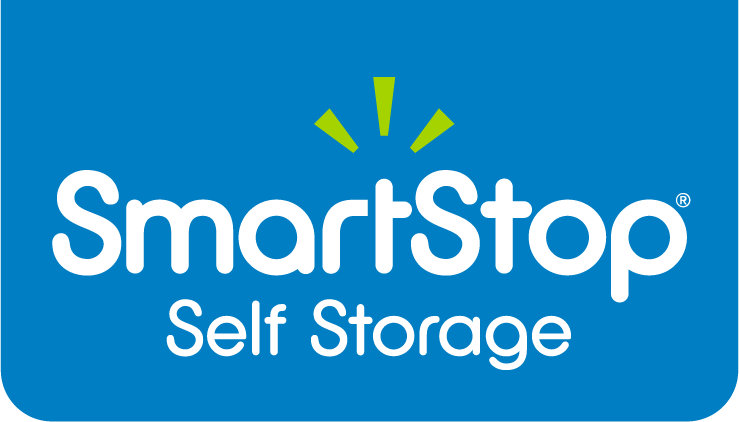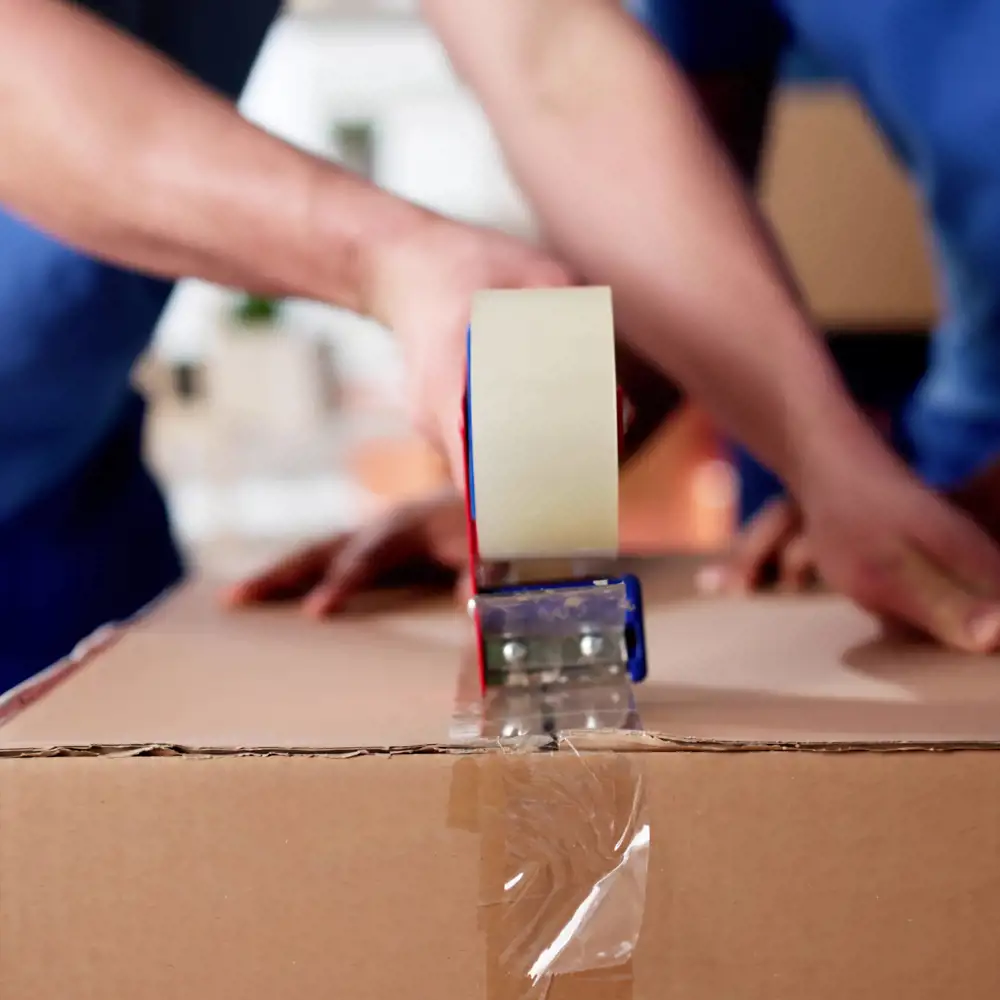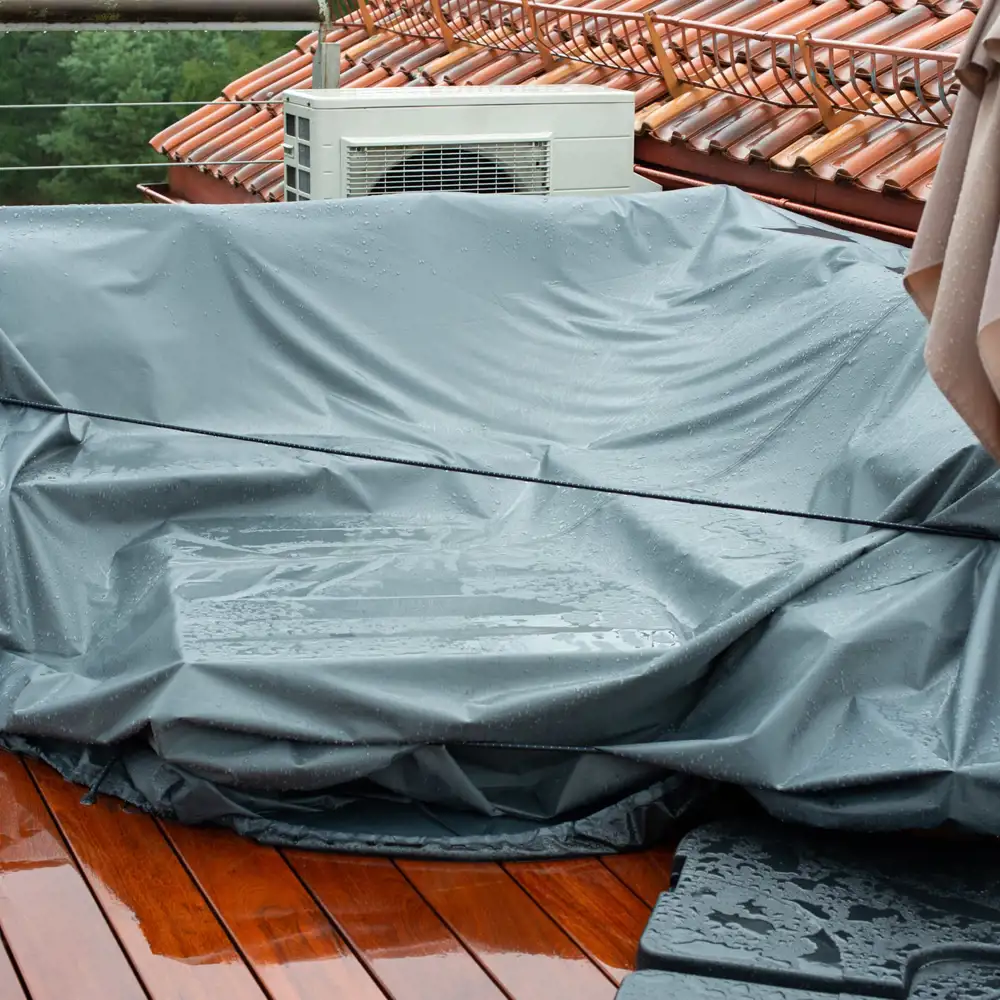Choosing the right storage unit size can feel like a guessing game, especially when you’re staring at a mix of furniture, boxes and odds and ends that somehow don’t seem to stack neatly in your head. If you go too small, you’ll end up cramming or leaving things behind. Too big, and you’re paying for space you don’t need. This guide will help you zero in on the ideal unit size based on what you’re storing, whether it’s a few seasonal items, everything from a one-bedroom apartment or even a car with room to spare.
We'll break down what typically fits in each common unit size, offer visual comparisons and share tips to help you make the most of every square foot.
1. Start With What You Plan to Store
Before you dive into size charts and measurements, take a step back and look at what you actually need to store. Are you clearing out a couple of closets? Packing up an entire apartment? Making room for business inventory or long-term travel? Your storage needs — and the amount of access you’ll want — will help determine the right fit. And once you have a rough inventory, it becomes much easier to match your needs to a unit size without overpaying or running out of space.
Start by grouping your items:
- Furniture: beds, sofas, dressers, desks, shelving
- Boxes: labeled by room or content type
- Specialty items: TVs, art, instruments, sports equipment
- Seasonal items: holiday decorations, camping gear, fans/heaters
- Vehicles or tools: factor in walking room and side storage
| Tip: If you’re storing a vehicle, consider sizing up. A 10' x 20' unit will fit most cars, but going a little larger gives you space for tires, tools, seasonal bins and other items so you’re not cramming everything into the trunk. |
2. Common Storage Unit Sizes and What Fits in Each
Not all units are created equal, and you don’t need to be a spatial genius to choose the right one. Here’s a breakdown of the most common sizes and what typically fits inside each:
Small Units
- 5’ x 5’ – Hall Closet Size: Perfect for storing small furniture, a chest of drawers, several boxes or a twin mattress set. Think: the contents of a single room corner or holiday decor.
- 5’ x 10’ – Walk-In Closet Size: Good for a studio apartment, dorm room or small bedroom. You can fit a mattress set, dining chairs, a small table and several stacked boxes.
- 5’ x 15’ – Oversized Walk-In Closet: Fits the contents of a one-bedroom apartment, including a sofa, dresser, patio furniture, desk and even a stacked washer and dryer.
Medium Units
- 10’ x 10’ – Small Bedroom Size: Ideal for one- to two-bedroom apartment furnishings, such as large appliances, sofas, canoes, mattresses and multiple boxes.
- 10’ x 15’ – Compact Office or Bonus Room: Often used for business storage, this size fits desks, filing cabinets, chairs, large printers and extra inventory — or a few rooms’ worth of household goods.
- 10’ x 20’ – Large Bedroom or Small Garage: Spacious enough for the contents of a one- to two-bedroom home. Great for larger items like refrigerators, appliances or even small vehicles like a compact car, boat or motorcycle.
Large Units
- 10 x 25’ – One-Car Garage Size: Accommodates furnishings from a 3- to 4-bedroom home, plus oversized items like canoes, multiple sofas and large appliances. It can also fit a small car, truck, or boat.
- 10’ x 30’ – Extended Garage Size: Best for big moves or vehicle storage with room to spare. Holds everything from a four-bedroom home — including beds, dressers, appliances and sports equipment — and still fits a car, truck or small boat.
If you’re unsure of what size to get, SmartStop’s Size Guide includes photos and sample layouts to help you visualize how your items might fit in a potential unit. You can also head to your nearest facility and ask the manager for a tour.
3. Factor in Access and Room to Move
It’s tempting to pack a storage unit from floor to ceiling and wall to wall (you want to get your money’s worth, after all). But if you will need regular access to anything in your unit, it’s worth planning for walkways and visibility. Even in smaller units, leaving a narrow aisle down the middle or along one side can save you from digging through piles just to find a single box.
Here are a few smart layout tips:
- Store frequently used items near the front for easy reach.
- Create labeled zones (kitchen, tools, documents) so you can locate things quickly.
- Stack boxes by size and weight, with heavier ones on the bottom.
- Use shelving to keep items off the ground and maximize vertical space.
- Take care while storing fragile items (pad them in a bubble pack and don’t stack things on top of them).
If you’re storing long-term, it may be fine to fill every square inch. But if you plan to rotate items in and out — like seasonal gear or business inventory — additional space becomes essential for keeping things organized and accessible. It also prevents moisture build-up that can lead to mold, mildew and rot, as well as allows for air circulation. (This is especially important if you’re not in a climate-controlled unit.)
4. When in Doubt, Go a Size Up
It’s better to have a little extra room than to run out halfway through your move. Many renters underestimate how bulky furniture is once it’s off the floor or forget about awkward items like floor lamps, mirrors and sports equipment.
| Tip: This also applies if you’re storing a vehicle. A basic 10' x 20' might fit your car, but a 10' x 25' gives you space for tires, tools, and off-season items — saving you from needing a second unit later on. |
Upsizing by just one tier (say, from a 5' x 10' to a 5' x 15') gives you flexibility to adjust if plans change or you decide to store more. And at SmartStop, it’s easy to upgrade or downsize your unit within the same facility. With month-to-month rental terms, you can just speak with a facility manager to see if there are bigger or smaller units available, and transition everything over once you’ve sorted out your new paperwork.
5. Don't Forget About Storage Unit Types
Size isn’t the only factor. The type of unit matters too, and depending on what you’re storing and how often you need access, one of these options might be a better fit:
- Storage lockers: Compact, budget-friendly and perfect for small or seasonal items you don’t need frequent access to.
- Drive-up units: It’s like a garage you can pull right up to — ideal for heavy furniture, tools or quick loading and unloading.
- Indoor climate-controlled units: Great for sensitive items like electronics, documents and wooden furniture that need temperature and humidity protection.
- Outdoor parking (covered/uncovered): Designed for vehicles, boats, trailers or RVs — choose covered parking for added protection from the elements.
6. Special Considerations for Vehicle and Business Storage
Not all storage needs are created equal. If you’re storing a vehicle or running a business, you’ll want to think beyond square footage and consider how the space will actually function.
For vehicle storage:
- A 10’ x 20’ unit can fit most cars, but you’ll have little room for anything else.
- A 10’ x 25’ or 10’ x 30’ unit gives you breathing room — ideal for adding storage bins, seasonal tires, car tools and outdoor gear.
- Be sure to check the facility’s policies on vehicle storage, including registration and insurance requirements.
For business storage:
- Choose a unit size that allows for shelving, clear access paths and growth.
- If you’re rotating inventory or equipment regularly, leave space to move around and avoid stacking too high.
- Consider climate-controlled units for sensitive items like electronics, paperwork, merchandise, etc.
Need office space too?
Select SmartStop facilities also offer private office rentals, ideal for small businesses in need of a secure, flexible workspace. These offices come with month-to-month leases, individual locks and electricity — with carpet and windows available at some locations. It’s a convenient option if you need both business storage and a dedicated place to work, all in one spot.
7. Final Tips to Avoid Overpaying
Choosing the right storage unit isn’t just about fitting everything. You also want to ensure you’re being financially responsible and staying flexible. Here are a few final pointers to make sure you get the best value:
- Measure bulky items ahead of time and sketch a rough layout before you book.
- Declutter first — don’t pay to store what you don’t actually need.
- Use every inch wisely with vertical stacking, furniture that doubles as storage and labeled bins.
- Ask for help! SmartStop staff can recommend the right unit size based on your item list and access needs.
- Take advantage of flexibility. You can upgrade or downgrade your unit at SmartStop if your situation changes.









